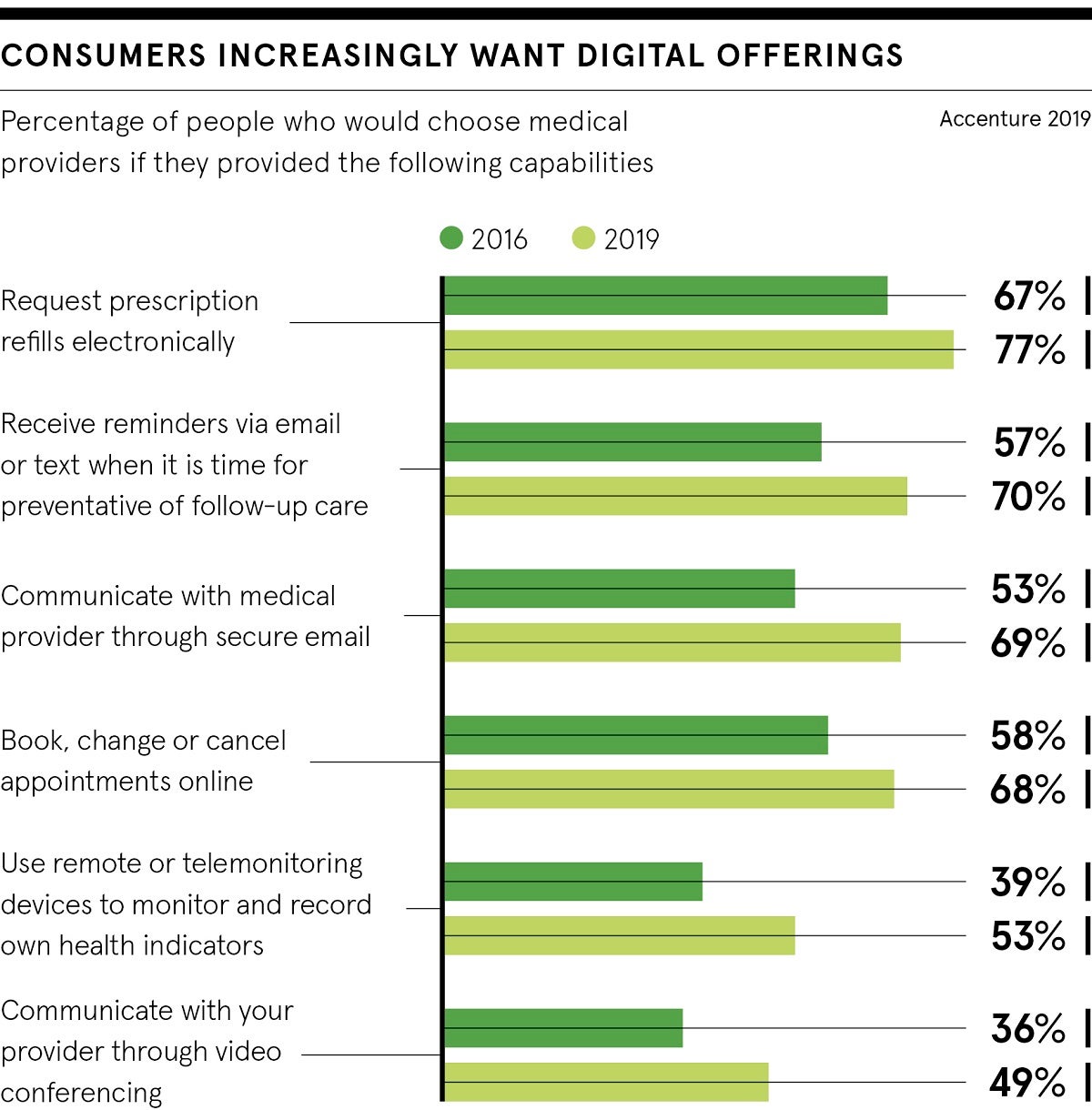When it comes to making medical decisions, healthcare professionals want technology that helps them diagnose with more accuracy, reduce the risk to patients, and improve outcomes and life expectancy.
The problem in the UK is the NHS has procurement rules in place that currently restrict even smaller enterprises from putting innovation in the hands of those who might be making a life or death clinical decision.
“The old route was to encourage clinicians to try new products, but this drove uncontrolled procurement in some areas of the health service. It gave the practice a bad reputation with procurement and finance professionals,” says Nicola Hall, founder and chief operating officer of Ingenica Solutions, specialists in providing supply chain and data management solutions for the NHS.
“Today the path for adoption is usually a pilot and only after this can you get some traction in the market. Once a good idea is adopted by one trust, there really is no other way than to approach the NHS organisation by organisation. This means that the adoption curve can be slow.”
The NHS could gain a lot from taking a different approach, where procurement teams review innovative products alongside clinicians, says Ms Hall. It could also learn from how other countries approach the issue.
- China: healthcare technology easing doctor shortage
According to the Organisation for Economic Co-operation and Development, there are 2.9 doctors to every 1,000 people in the UK, while there are two doctors to every 1,000 people in China.
In a country where there’s a shortage of medical professionals, millions of people also live in large rural areas without direct access to proper healthcare or treatment. It means they will often have to spend hours travelling long distances for a routine examination or check-up.
To get around the logistical issues of delivering and receiving healthcare, both doctors and patients rely on digital channels to communicate and for information. Kantar’s Digital Life Physician & Patient 2017 survey found that patients spend an average of 29.3 hours a week online, with more than a quarter of this time spent on medical-related activities. The figures for physicians are 29.2 hours a week and 53 per cent.
Chinese internet giant Tencent has built digital systems that enable patients to book appointments and pay for medical bills using WeChat. More recently, it has trialled a service where patients can have real-time online consultations through the messaging app. 
In the future, artificial intelligence (AI) will help to solve the shortage of medical professionals; more than 130 companies are working on applying AI in China’s healthcare sector, as part of the government’s Made in China 2025 plan. AI-powered healthcare technology will improve the accuracy and speed of diagnoses, leading to improved outcomes for patients.
- Denmark: making the most of patient health data
The Nordic country has led the way when it comes to implementing ehealth solutions for the past couple of decades. Its public health service collects health data on all Danes, who can access their records via sundhed.dk. The online portal serves as a central access point for doctors and patients to view test results, prescriptions and treatment plans.
Privacy concerns aside, making anonymised data available for healthcare technology purposes can help healthcare professionals build a 360-degree picture of individuals’ health and lifestyle choices, including exercise and alcohol intake.
Both doctors and patients rely on digital channels to communicate and for information
The University of Copenhagen’s Centre for Protein Research was recently awarded a €93.5-million grant that will be used in part to collaborate with hospitals and understand how big data analytics can help to improve diagnoses and treatment efficacy, and develop new drugs.
The research centre can use the data from thousands of blood tests to examine how proteins in the blood can indicate the presence of lifestyle diseases such as diabetes. As a result, the health service could reduce costs by offering preventative treatment.
By analysing data patterns, it could also be possible to predict how a patient might react to a particular treatment. This would reduce clinical errors and medication side effects.

- Netherlands: healthcare technology putting patients in control
Since 2005, the Health Consumer Powerhouse has published the European Index, a comparison of healthcare systems across Europe. The Netherlands has been the only country consistently ranked in the top three.
At the same time, around a third of all people living in the country have a chronic disease, with the number expected to rise to four in ten people by 2030, according to the Netherlands National Institute for Public Health and the Environment.
To ease the pressure on the future healthcare system, Dutch researchers and medical professionals have been exploring ways to digitise healthcare and enable people to self-manage their conditions.
One example is through gamification. Sophie Luderer, a dietician at the Canisius-Wilhelmina Hospital in Nijmegen, has developed a smartphone game which kidney patients can use to work out whether there’s too much sodium or potassium in their diet.
Knowing which nutrients are needed and which foods to avoid is a critical part of managing a chronic kidney condition. With psychology studies proving that people are more likely to retain knowledge when they practise something, as opposed to writing it down, gamification can make it easier for people to manage their food intake. And better management is likely to mean fewer avoidable, emergency hospitalisations and call-outs for healthcare professionals to deal with.
Finding creative ways to engage with patients through their smartphones will become an increasingly important part of future healthcare technology. Especially as young people, who are mobile savvy, are less likely than older generations to see a GP or doctor when they need to.



